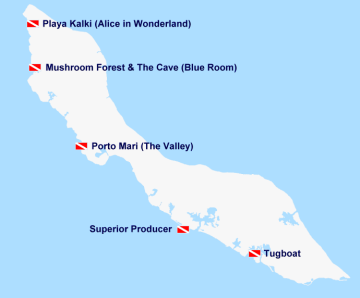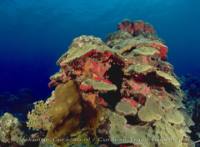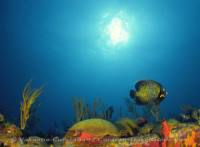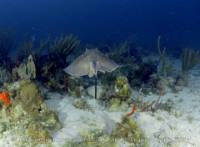Curaçao's Best Snorkel and Dive Sites
Diving in Curaçao is unique for many reasons; it is set apart from other Caribbean destinations by it's diversity and its density of sea life, its many underwater landscapes, and it's reef proximity to shore. Curaçao's reefs surround the island attaching to the shore like a narrow fringe. These beautiful gardens of delicate corals are home to a rainbow of marine life.
The island's volcanic beginnings are evident in massive coral formations extending into the depths with deep-water fish patrolling the plunging walls.
There is plenty to see, underwater and on the surface. You shouldn't be surprised to see dolphins playing, turtles sunning, or pilot whales migrating. We have selected five of our most popular dive sites for you to explore right here!
The 5 Best Dive Spots
One of the nicest dive spots on Curaçao, Playa Kalki, also called Alice in Wonderland, is a perfect spot for a day at the beach with divers, snorkelers and sunlovers. The name "Kalki" refers to the limestone in the surrounding cliffs. This small cove is situated in Westpunt below Lodge Kura Hulanda & Beach Resort. There are no amenities on the beach, but divers are welcome to climb the steps leading up from the beach and visit the resort for lunch or drinks.
This is one of the top 10 dive spots on the island, so you will often meet up with other divers underwater or at the beach. Carry or wear gear down the long flight of steps at the edge of the parking lot.
Sand and coral rubble cover the bottom at the entry. Enter directly in line with the buoy. Visibility averages 30 mtrs (100 ft) and the distance to swim from shore is about three minutes to
the wall which drops to below 18 mtrs (60 ft). Wave action is generally calm with with little current, although occasionally the current can be strong and unpredictable.
Beware of jetski's overhead. Look for green moray eels, lobsters, and mushroom shaped star coral formations, as well as a wide array of colorful reef fish. Below 30 mtrs (100 ft) are
large areas of sheet or plate coral.
The area of San Nicolas offers a number of excellent sites, several days could easily be spend on this area just diving and exploring. Look for the sign on the main road, follow the dirt road to the plantation house and blow your horn, someone will come out to collect your entrance fee. A four wheel drive is strongly recommended, especially in the rainy season. These sites are for the adventurous, as they are well "off the beaten path".
The scenery is nothing short of spectacular. There are no facilities. Entering the water is difficult, due to the high cliffs, so contacting one of the local dive operators for a boat dive is an option. The site is called Mushroom Forrest because the large number of mountainous star coral growing vertical on an sandy plateau for a "Forrest of mushrooms". The mushroom shapes occurred because the the coral heads have been bio-eroded at their base to narrow columns by boring clams and sponges. They make great hiding places for tiny sea creatures. The Forrest can be disorientating so a compass can come in very handy. There is a large cave along the cliffside where you will often spot schools of fingerlings, and from time to time a nurse shark can be found sleeping under the ledge. Visibility averages 26 m (85 ft), wave action is calm and sometimes the current can be strong; the depth is from 12 m (40 ft) to 18 m (60 ft). Numerous species of fish and coral can be spotted here; flower corals, giant brain corals, anemones, turtles, porcupinefish, smooth trunkfish, yellowtail snapper, parrotfish, grouper, spotted drums, spotted morays, green morays, lobster and conch.
Unique and diverse, the Valley site is one of the most popular sites on the island for good reason -- two parallel reefs with a "valley" between are home to a wide variety of reef life. Often you will see fish here that are rare at other sites on the island, such as pairs of cornetfish, and nurse sharks. Located at Play PortoMari, about an eight minute drive from Willibrordus church. A nice snack bar is located on the beach, as are changing facilities, fresh water tanks for cleaning your equipment, showers, and toilets.
Enter over a sandy bottom with some coral rubble; it is about a five minutes swim to the first reef. A mooring buoy has been placed in the center of the bay for boat dives; this is a good reference point to begin shore dives from. Minimal current or wave action is present; visibility is usually very good, over 30m (100 ft). At the buoy the depth is about 9 m (30 ft) sloping to the nearby first reef, which is at 15 m (50 ft). Swimming straight out will take you over the first reef, then to a sandy bottom, and finally to the second reef starting at about 18 m (60 ft). The Valley is home to lots of colorful reef life: angelfish, parrotfish, groupers, brown chromis, yellowtail snapper triggerfish trumpetfish, cornetfish, sea turtles, lobsters and sting rays. Coral coverage is abundant and healthy.
At the water plant in Otrabanda, take the road which leads straight to the shore. Directly ahead you will find the Double reef. Be very careful at the entrance, it is rock and very slippery, so booties are a must. Swim out through rough wave action and current for about five minutes. Visibility is good, about 30 m (100 ft). Look for good coral coverage and plenty of deep water fish.
The Superior Producer is one of the finest wrecks in the Caribbean. The ship was outward bound with a shipment of clothing when it's cargo shifted in rough weather. It sank just west of the harbor entrance. The ship is upright, with her wheelhouse at 24m (80 ft) and her hull resting in over 30 m (100 ft). Dive with a local dive operator the first time, it can be difficult to locate and those are not waters you want to be bobbing about in. Early morning is the best time to explore the Superior Producer; its a deep dive, the sea has not yet had a chance to build, and the visibility is at it's best. A strong current of at least 1 knot is usually running. It is deep, monitor your time carefully. Look for grouper, barracuda, coral and anemones.
There's one word that really describes the Tugboat, cute. This site is very popular, and is a diverse area with good snorkeling, great photo ops and lots of diving choices -- wall, wreck, deep. Located on the protected southeast side of Caracasbay, the Tugboat site is accessible only by boat. The wreck rests at 5 m (17 ft) after sinking 25 years ago. It is covered with coral and well preserved. Although tempting, please do not rest or stand on it.
A steep wall is located nearby (southeast), about a three minute swim away, which drops to about 30 m (100 ft). The wall is lush with hard and soft corals along the top near the shallow ledge. Wave action is minimal, although at times there is a slight swell. There is usually no current at the Tugboat itself, but as you head around the corner along the wall you may encounter a current that may become quite strong. Monitor its direction carefully, it can change rapidly at the point. At the tugboat look for morays, trumpetfish, angelfish and tube coral. Along the wall, look for morays, s corpionfish and lobsters in the numerous crevices and shallow caverns.
For snorkelers and scuba divers, Klein Curaçao has much to offer. Klein Curaçao has nice coral formations, a vertical drop-off and a couple of underwater caves. The Mermaid Boat Trips offers a morning and afternoon dive. Drift-diving from a rubber dinghy, divers will explore both the northern and southern tips of the island.
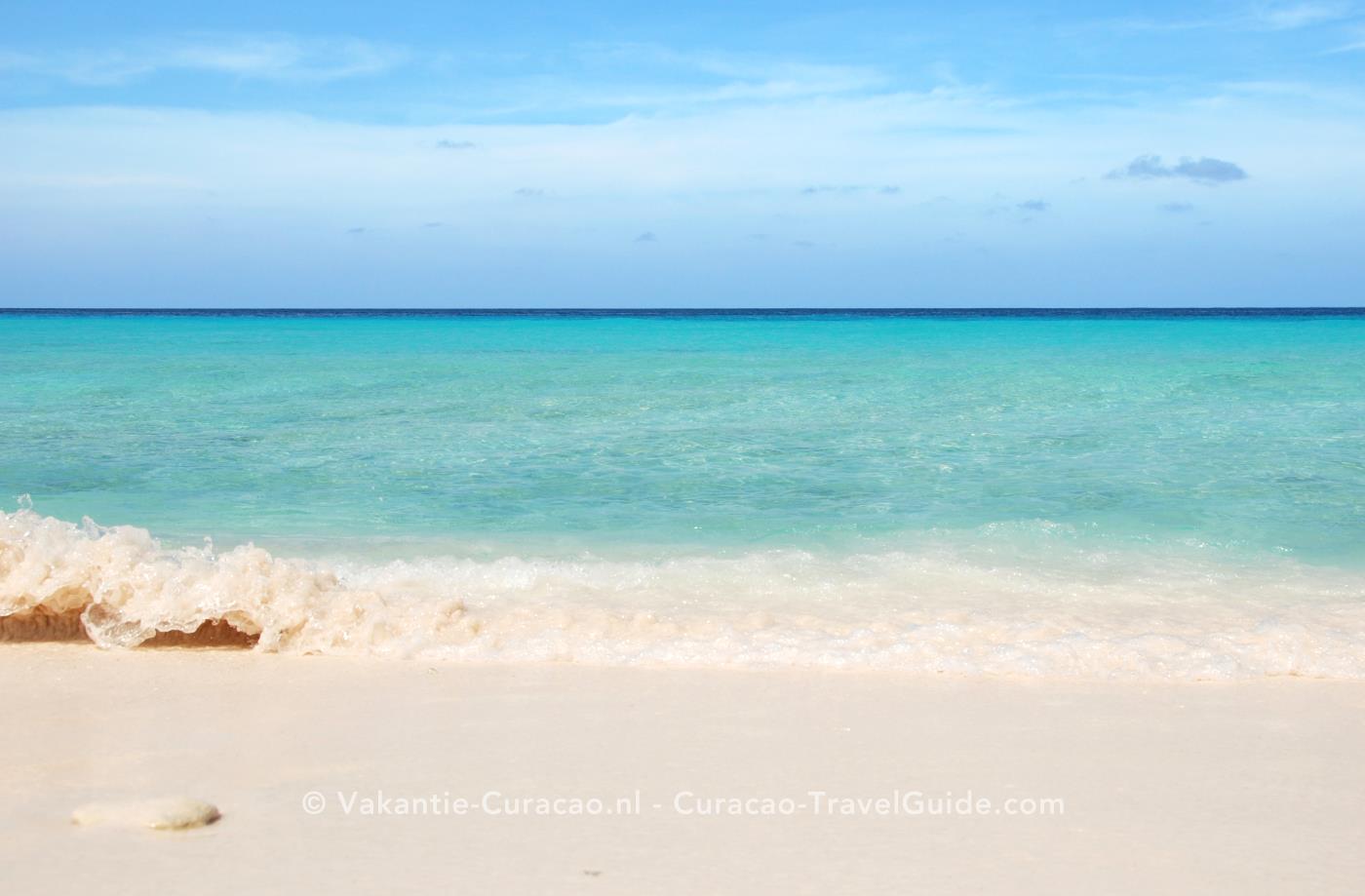

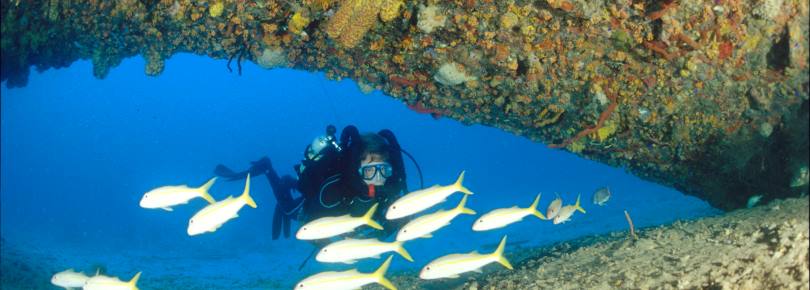
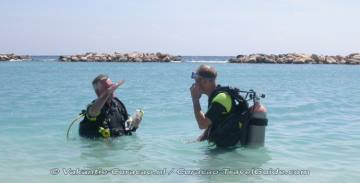 Learn to Dive?
Learn to Dive?